When you think of famous inventors who changed the world, you probably think of Thomas Edison and his work with the light bulb, Alexander Graham Bell and the telephone, and Carl Benz with the automobile; all men. Women, however, have also played a great role with inventions that have helped further develop the world as we know it. Here are a few of their amazing inventions.
The Dishwasher
Since mid-19th century, men and women have been devising machines to ease the endless household chores of washing clothes and dishes. In the 1880s, Josephine Garis Cochrane, the daughter of an engineer, tired of servants breaking her fine china, and decided to work on perfecting a dishwasher.
Cochrane patented her design in 1886; it consisted of a wire crate to hold plates, cups, and saucers, which fitted into a wheel inside a copper boiler. A motor turned the wheel and, as the crate of dishes rotated, a continuous stream of either soap suds or clear hot water was squirted up from the bottom of the boiler, streaming down over the dishes before draining away.
With this prototype, Cochrane established the Garis-Cochrane Dish Washing Machine Co. Her machine was displayed at the Chicago Exhibition in 1893, and won an award for “the best mechanical construction for durability, and adaptation to its line of work”.
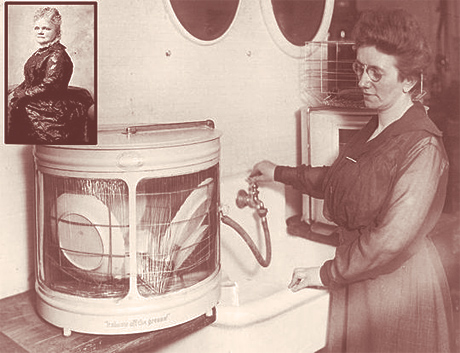 Josephine Garis Cochrane. Source: kidsdiscover.com
Josephine Garis Cochrane. Source: kidsdiscover.com
The Windshield Wiper
Mary Anderson came up with this idea while travelling on a motorized tram in New York, in the snowy winter of 1903. Visiting from the hot, dry State of Alabama, she noticed that the driver frequently had to stop the tram to clear snow off the windshield.
Anderson devised a gadget that had a rubber-bladed squeegee on the outside of the windshield, which was connected to a handle on the inside by a spindle through the top of the window. All the driver had to do was turn the handle on the inside to clear the rain or snow outside. This simple solution later became an essential and legal requirement for all vehicles.
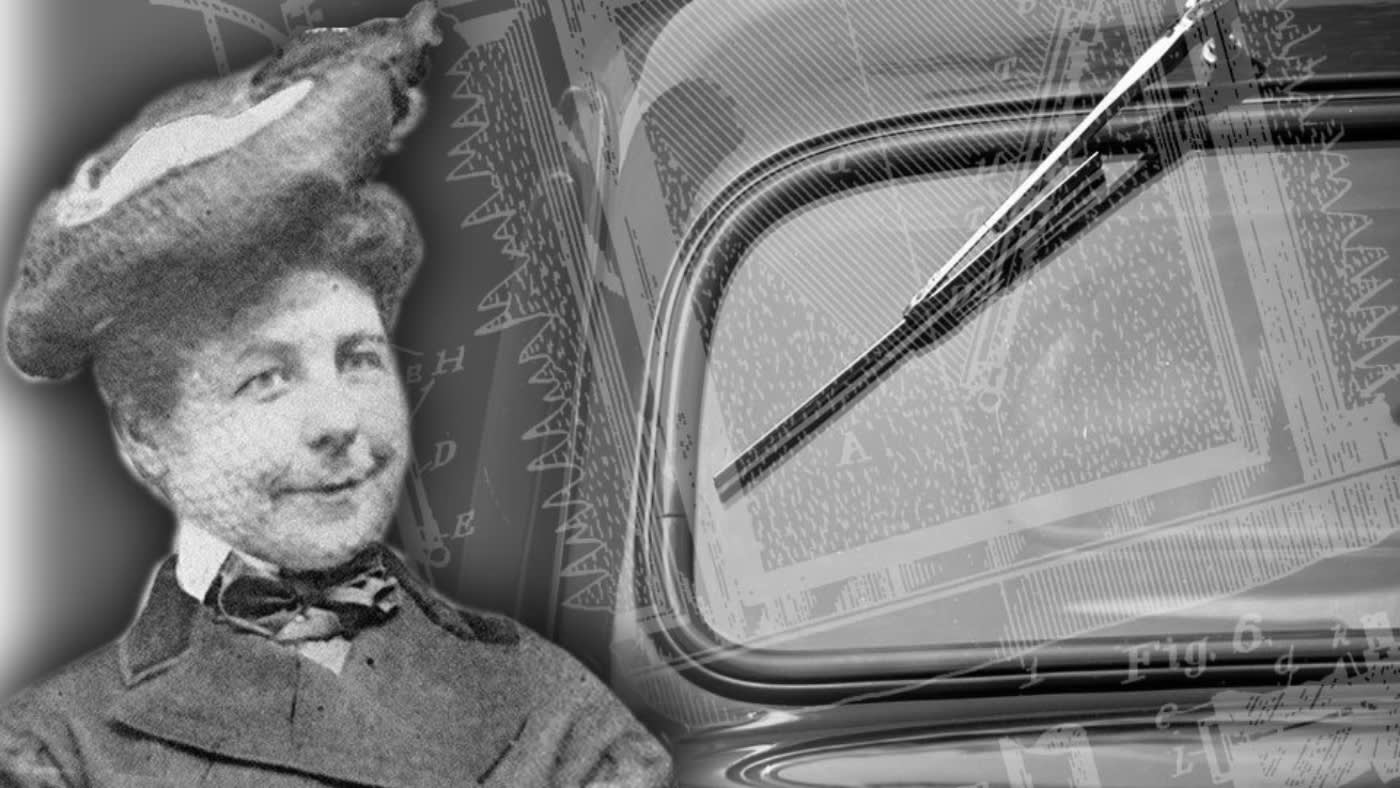 Mary Anderson. Source: www.drive.com.au
Mary Anderson. Source: www.drive.com.au
Disposable Diapers
Marion Donovan deserves the gratitude of parents around the world for this ingenious invention; if it were not for her persistence, they would never have made it to market. In the early 1950s, Donovan fashioned a special type of paper that was strong, absorbent, and conveyed water away from the baby’s skin. Incredulously, everyone she talked to thought her idea was “superfluous and impractical”. Almost a decade later, in 1961, Victor Mills drew upon her vision and created Pampers®.
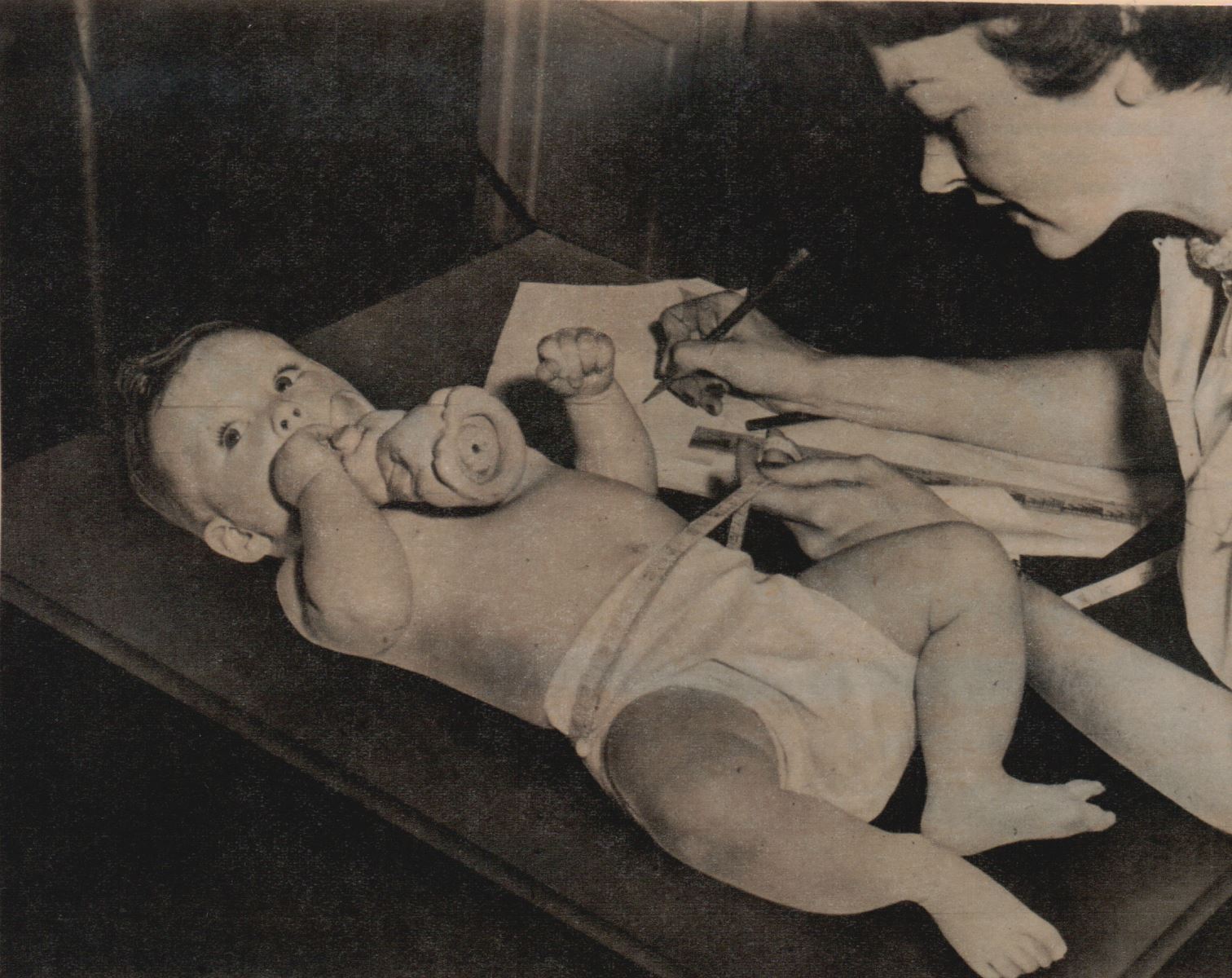 Marion Donovan. Source: sayidaty.net
Marion Donovan. Source: sayidaty.net
The Coffee Maker
It was a German housewife, Melitta Benz, who introduced the world to filter coffee; unhappy with dregs in the bottom of her cup, she came up with a nifty idea. She rolled blotting paper into a cone, put it into a brass pot drilled with holes, and placed it on a coffee jug. Ground coffee was spooned into the paper cone and hot water poured over it. The paper cone provided a simple answer to the problem of how to stop coffee grounds getting into the cup.
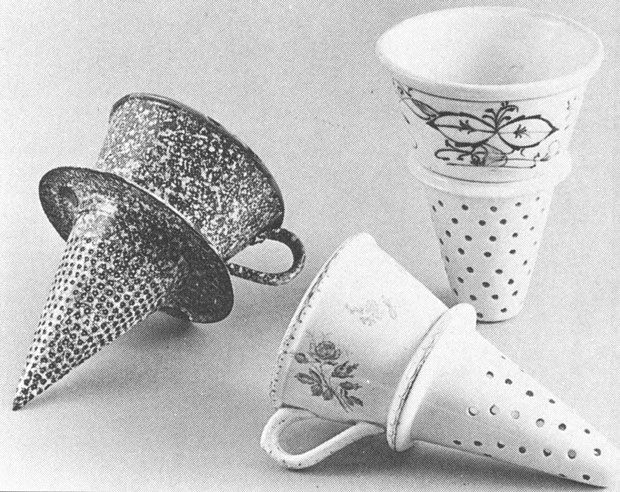 Coffee Filter. Source: melittavietnam.files.wordpress.com
Coffee Filter. Source: melittavietnam.files.wordpress.com
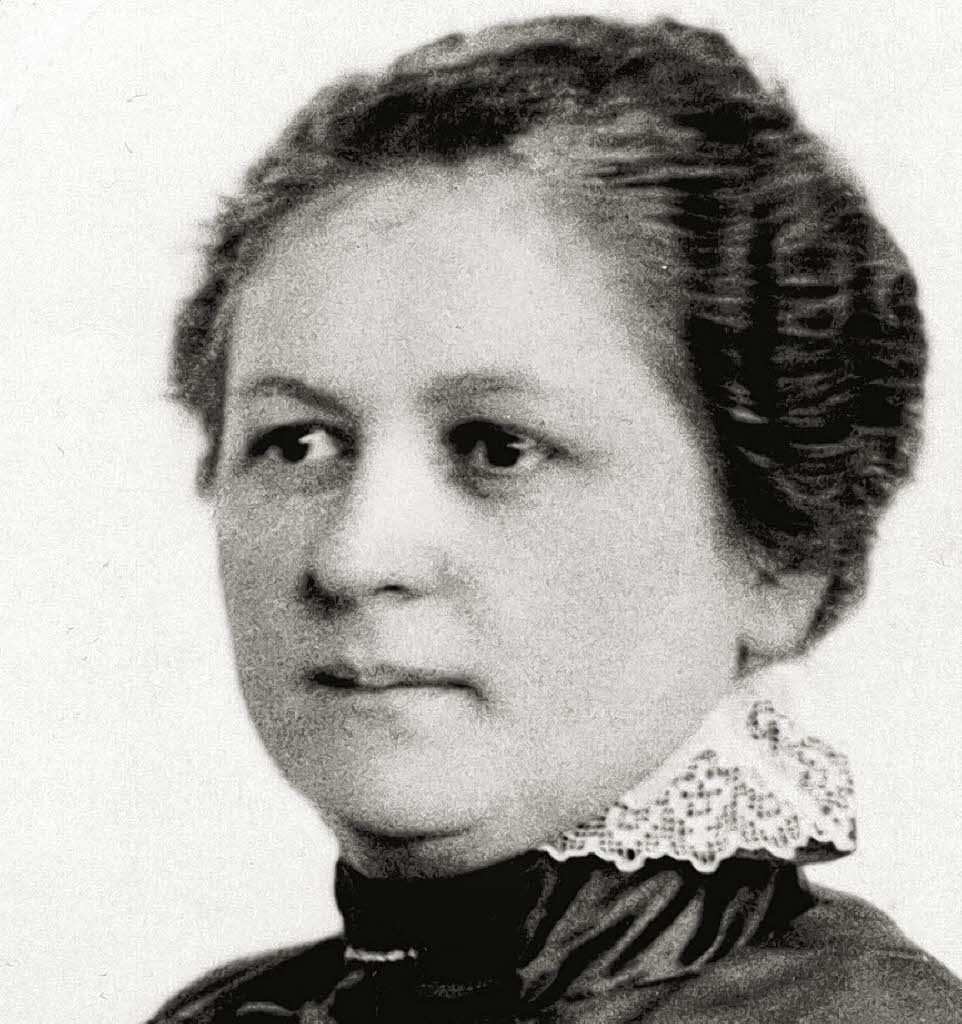 Melitta Benz. Source: iaahbr.tmgrup.com.tr
Melitta Benz. Source: iaahbr.tmgrup.com.tr
Dipped Headlights
It was Emily Canham from Highbury, North London, who first addressed the problem of blinding light from oncoming car headlights in 1908. To lessen the glare, she proposed dividing the lenses into zones. Over the top half of the lens would be placed opaque, ground glass—patterned with wavy lines or geometric shapes—or colored transparent material. The bottom half would be the only one emitting pure, bright light.
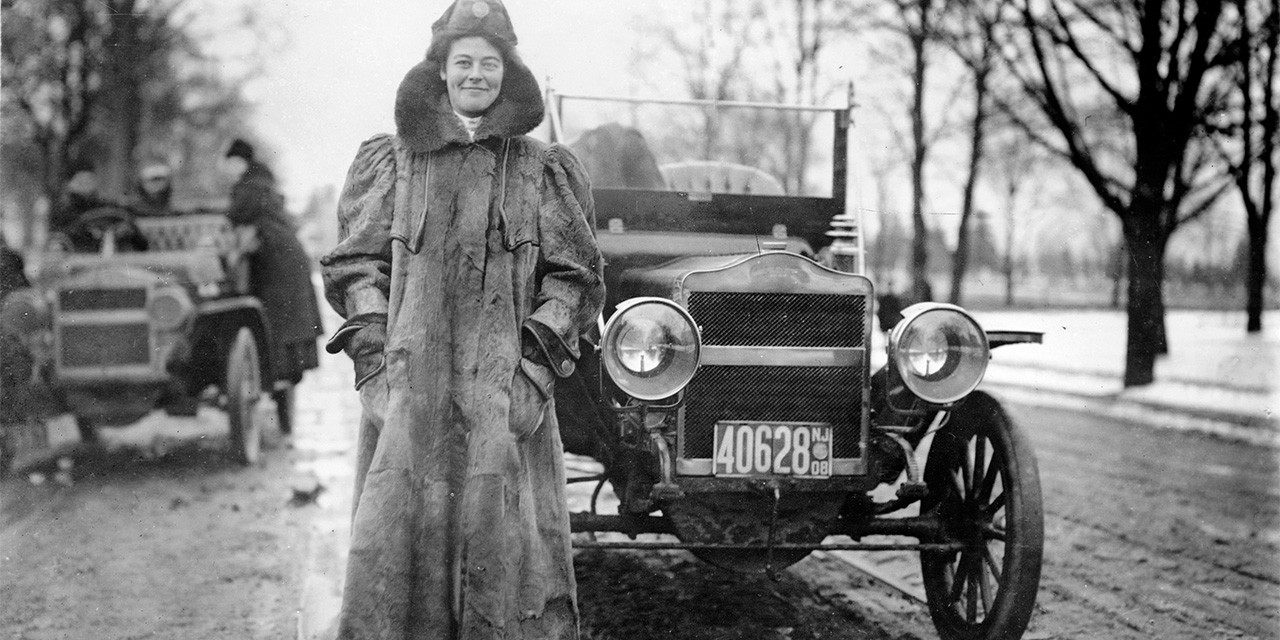 Emily Canham. Source: thegaspol.com
Emily Canham. Source: thegaspol.com
Computer Language
Lord Byron’s daughter, Ada Lovelace, mathematician and scientist, was the world’s first computer programmer. In the 1840s, Countess Lovelace collaborated with Charles Babbage, the inventor of an analytical engine that is generally claimed to be the first computer.
In 1843, at the age of 27, Lady Lovelace suggested to Babbage that she should work out a language for the engine, based on her knowledge of advanced mathematics. This is now considered to be the first computer program. The software developed by the United States Department of Defense was named “Ada” in her honor in 1979.
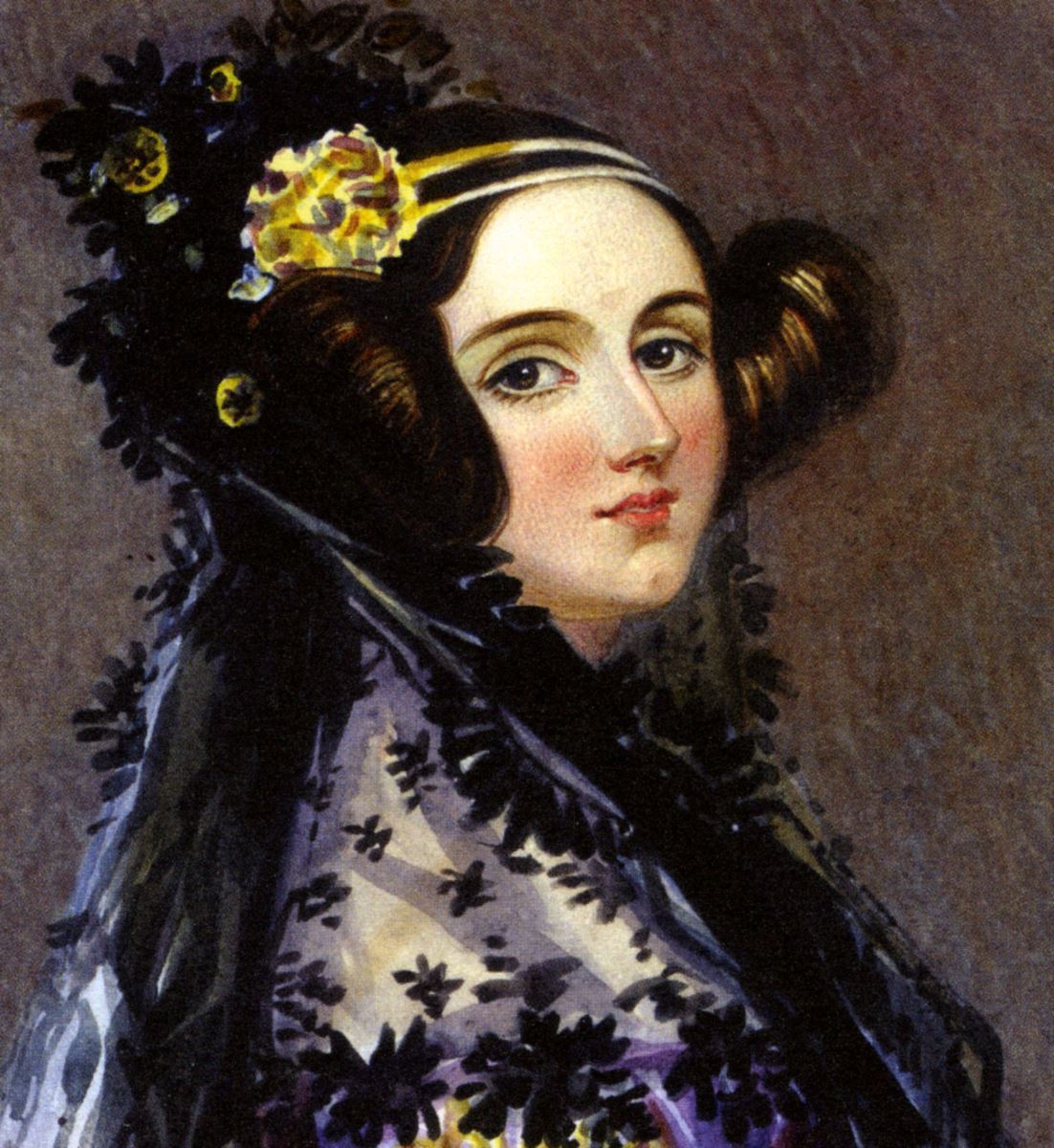 Ada Lovelace. Source: pxfuel.com
Ada Lovelace. Source: pxfuel.com
Not all female inventors were honored or even acknowledged for their inventions though. It was not always easy for a woman to get patents, a female inventor would often have a patent registered in her husband or her father’s name, and never receive credit for her invention. We owe those unknown women gratitude for many of the practical inventions that we use today.
References
http://www.theguardian.com/world/2004/jan/23/gender.uk
https://womenbusinessownerstoday.com
Encyclopedia Britannica
This article was first published in print in SCIplanet, Spring 2016 issue.
Cover Image by macrovector on Freepik.